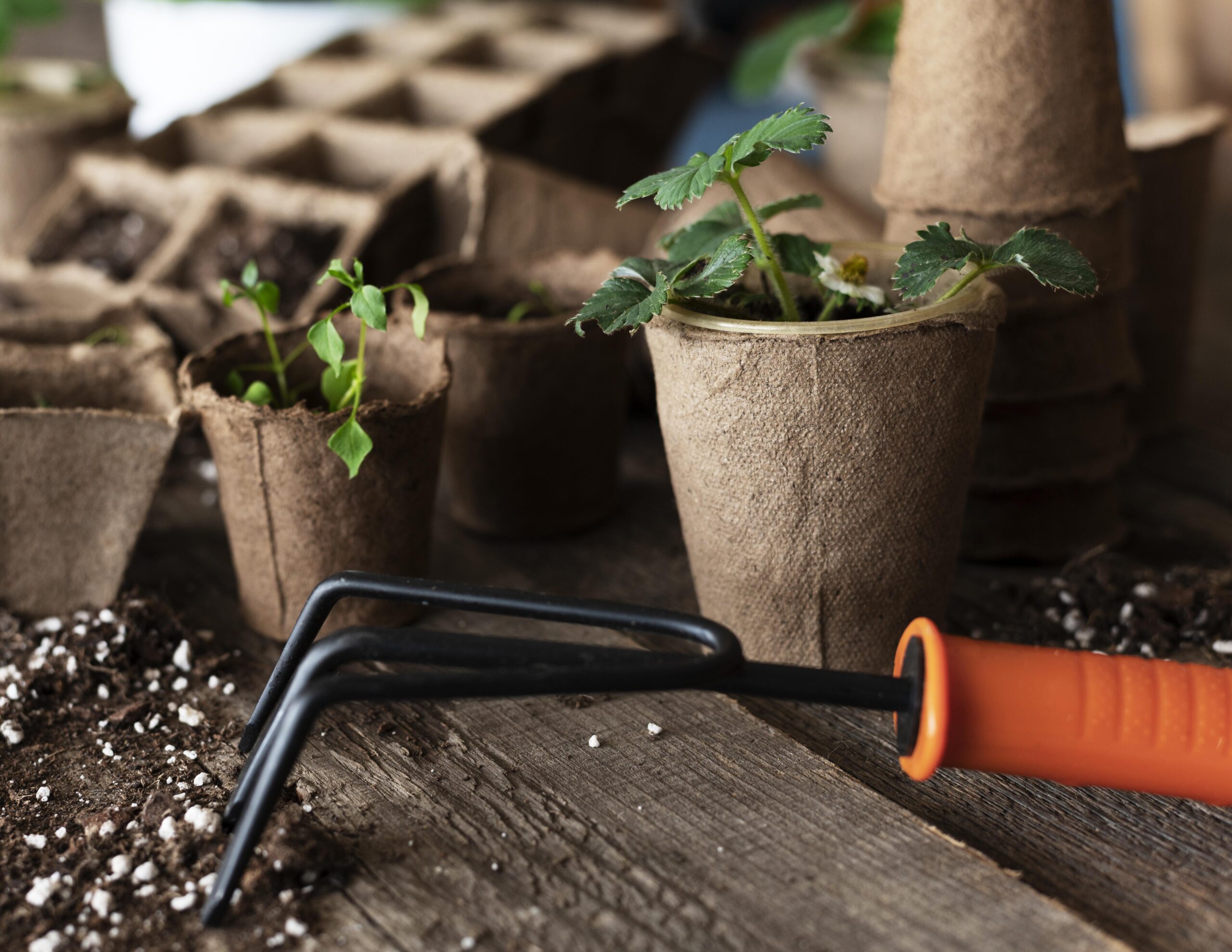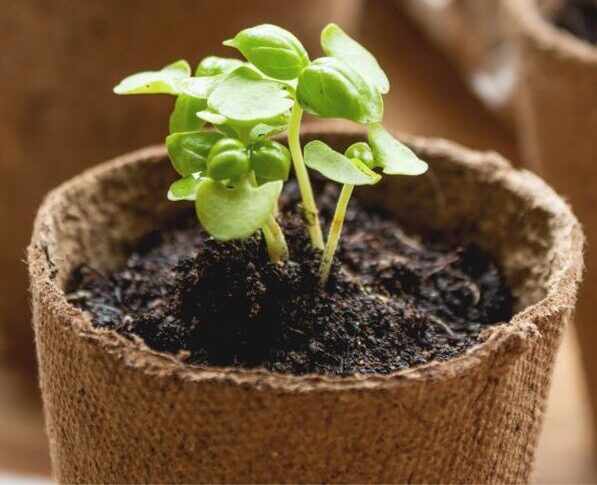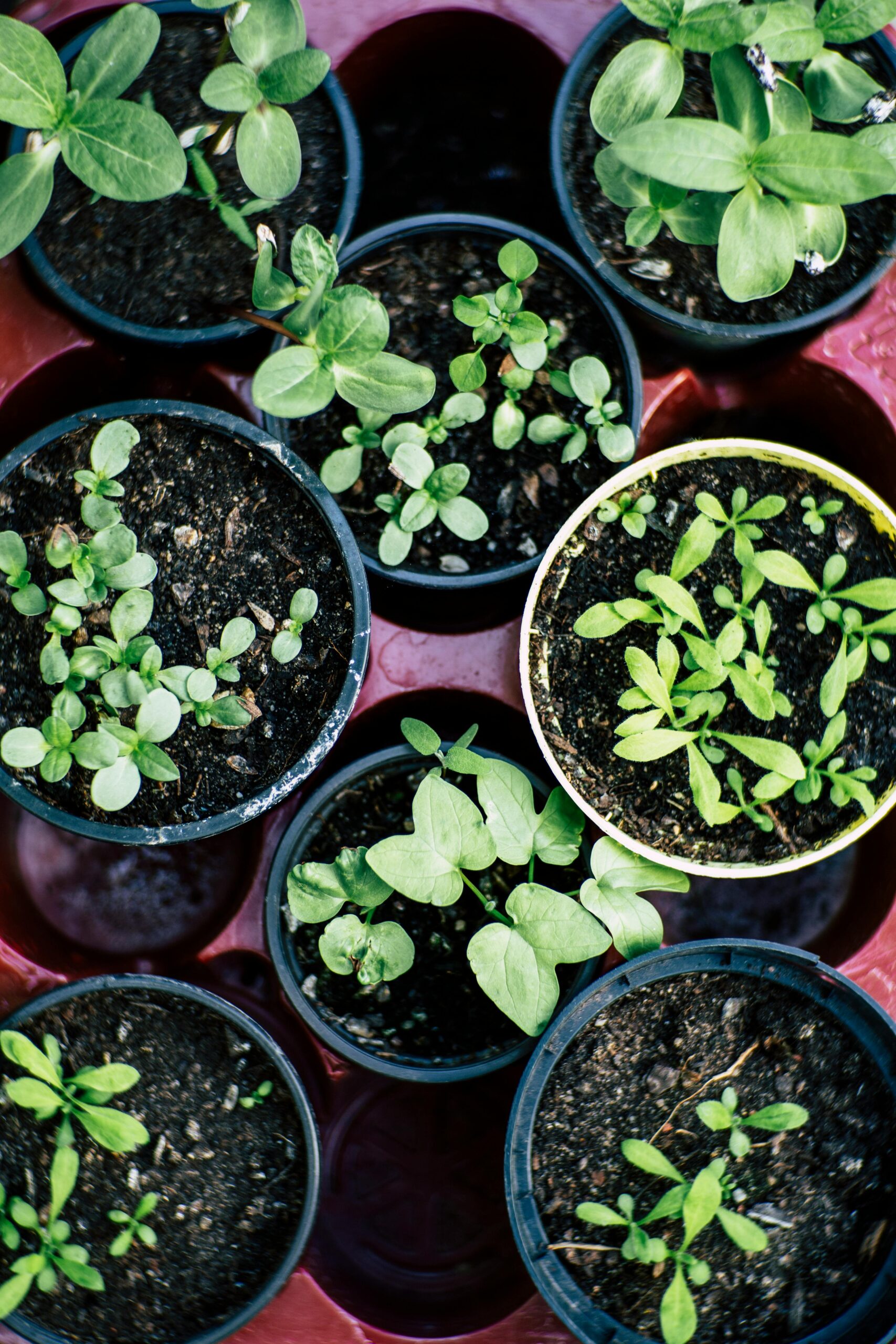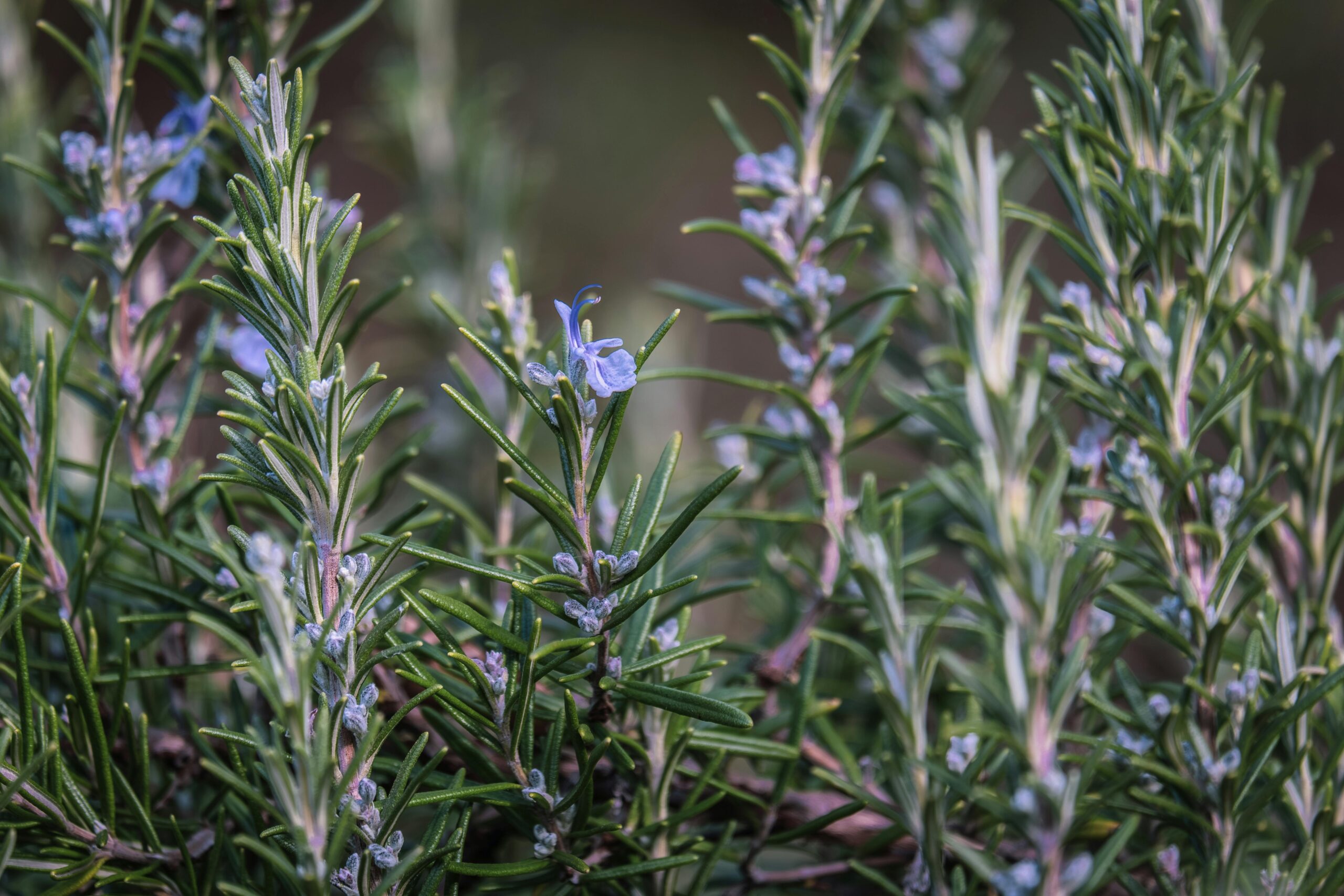
If you’re looking for a self-sufficient garden, this blog can teach you how to grow more plants regardless of the amount of space you currently have.
Vertical gardening is the only step for the urban environment that we live in. Even if you don’t live in an urban area, you may live in a place where the soil and weather simply do not allow for to grow a garden- or you may not have the time it takes to get your potting soil to become a suitable habitat for your plants.
Vertical gardening is making the most of your usable gardening space by utilizing climbing plants and vegetables. This type of gardening has many advantages over traditional gardening. Once you learn how easy it is to move away from a traditional, garden to a vertical one, you’ll be rewarded with many benefits.
Vertical gardens are a special kind of garden where plants climb, twine, and grow upward, creating a beautiful appearance that saves space, requires less effort, produces high yields, and reduces pest and disease problems.
Vertical gardening is a nearly effortless and highly productive growing system that uses various plants in small and large garden spaces.
Herbs, creepers, and vegetable plants are perfect for vertical gardening. One of the most outstanding achievements of vertical gardening is that it guarantees better results from day one.
Growing plants vertically can forever change how you approach growing plants in rows and beds. If you want to experience gardening for the first time and you are looking for easier ways to garden, consider some of the incredible benefits of vertical gardening:
• Growing plants vertically takes fewer resources and a much smaller footprint
• Brings you less strain on your mind as well as your back
• Little to no soil preparation or digging from Day One
• You can plant more in limited space
• Minimum weeding in vertical beds, spaces, and pots
• Many space-saving container and stacking options
• Superior air circulation and less risk of plant diseases and infestations
• Easier tending and harvesting, no more bending over and searching through row upon row of plants for the few ripe vegetables.
Besides that, most gardeners’ biggest mistake is starting from a large space and planting in long rows. Also, during summer days, the humidity can cause a daily need for watering plants. Even the most devout gardener is more likely to get busy with other activities, and finding enough time to garden daily becomes a challenge.
With almost anything you do, vertical gardening has a few drawbacks. Here are a few disadvantages to consider:
1. Vertical garden is removed from the natural soil, meaning the plants are not directly rooted in the ground. This can lead to a potential loss of nutrients and a need for more frequent watering.
2. Vertical gardens are more easily affected by temperature than a traditional garden.
3. A traditional garden has a vast surface area to spread out when temperature changes and has a constant temperature throughout the day.
Now, let’s look at different vertical garden creation methods using coconut fibre pots.
1. Window Box DIY.
Window boxes are just what they sound like: Take out window box planting containers and find a suitable coir pot size that fits inside the window box. Stack the window box on top of the other to create a planting system. These systems are remarkably easy to use because they can be handled like a traditional container garden and only take up 1 to 2 square feet of floor space. They can be hung on the wall, fence, or gate or used as a standalone living wall. A perfect solution for urban areas and small-space gardening.
2. Hanging pots with grill accessories.
Another way to create vertical gardens is to use grill accessories. To do this, place your coir pots inside the wall-mount grill accessory, which is designed to hold pots, and hook them on windows, near balconies, gates, fences, or wherever you like.
3. Hanging coir basket:
Coir baskets can protect your plant from pests and bugs in ground soil. You can hang them near the upstairs or balcony and sit out.
Vertical gardens offer something unique because of the striking visual effect of an upright wall. It can connect you with plants in a way that can only be described as immersion
1. How to maintain a vertical garden?
As for any garden, maintenance for vertical gardens includes:
2. What plants are suitable for vertical gardening?
Vertical gardens work well with herbs and creepers. Jasmine, parijat, climbing rose, black Pepper, English Ivy, Morning Glory are some common choices for a vertical garden.





+91-7019960850
sanjeevinigarden@gmail.com
Sanjeevini Garden Products, KAN-4-36/2, Coastal Farms (formerly chicken) road, Padil-Kannuru, Mangaluru 575007
Copyright © All Right Reserved